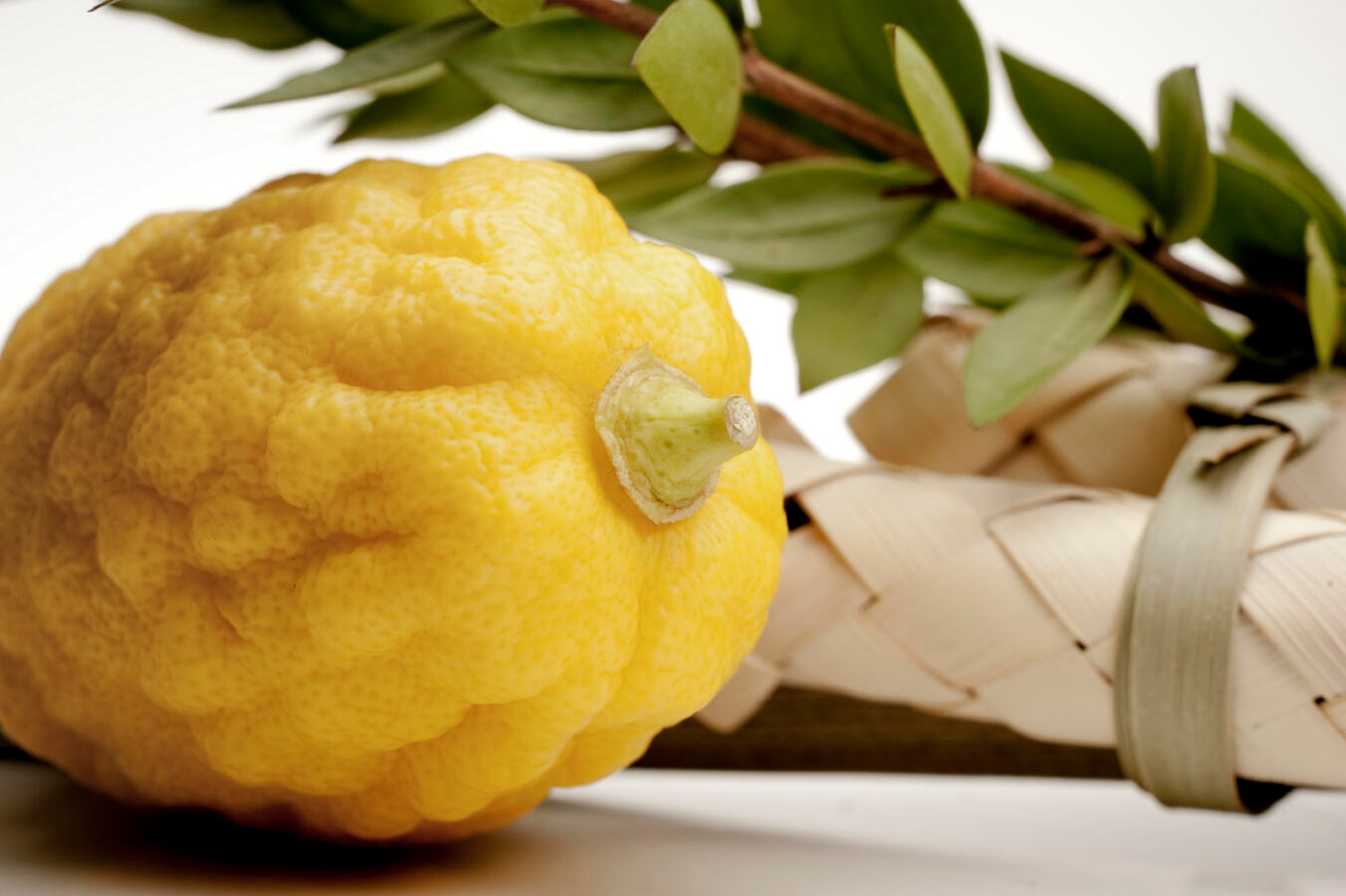The coronavirus pandemic has evoked a multitude of different responses, but here’s an unexpected one for me: Covid has sparked in me an endless and sometimes desperate pursuit of beauty. Months spent confined to my New York City apartment, barely even venturing outside in the spring of 2020, left my soul thirsty for physical beauty.
This may sound like a trivial or even vapid response to the horrors of a pandemic. I stayed inside for fear of dying, or worse of killing someone by contracting and then spreading a deadly disease. You might think that contemplating mortality would make physical beauty seem unimportant, unnecessary, extra.
Yet we see something similar in the arc of the Jewish calendar at this time of year, as we move directly from the self-denial of Yom Kippur into the beauty of Sukkot. If Yom Kippur is the holiday that most exemplifies the pandemic — the recognition of the shadow of death forcing us to take stock of our lives, to subjugate and go without — Sukkot is a holiday that not only embraces beauty, but mandates it.
Sukkot is filled with visual images, each of which must be beautiful. Let’s start with the sukkah itself, which Jewish tradition tells us should be decorated. In contrast to the shofar we blow on the High Holidays, which we are forbidden to embellish in any way, the Talmud describes a list of things you might hang in a sukkah: “colorful curtains and sheets … nuts, almonds, peaches, and pomegranates, grape branches, and wreaths of stalks of grain, wines, oils, and vessels full of flour.” And the decorations are not an afterthought. The Talmud teaches that hanging a curtain of cloth underneath the s’chach, the roof made of branches, is forbidden if the cloth was hung for a practical reason, like catching leaves or shielding you from the sun. But if the cloth was hung for the sake of beauty, the sukkah remains kosher. Aesthetics matter. Beauty takes precedence.

Help us keep Jewish knowledge accessible to millions of people around the world.
Your donation to My Jewish Learning fuels endless journeys of Jewish discovery. With your help, My Jewish Learning can continue to provide nonstop opportunities for learning, connection and growth.
And the sukkah isn’t even the most important symbol of beauty associated with this holiday. About the etrog, the citrus fruit that is one of the four species waved on the holiday, Rabbi Akiva tells us “we require beauty.” The Hebrew word for beauty is hadar, and this characteristic is so central to the mitzvah that the citrus is itself called pri etz hadar, or “the fruit of the beautiful tree.” The etrog is the definition of beauty, and the Talmud devotes several pages to its physical specifications. We are told by the rabbis to spare no expense in acquiring the most exquisite possible fruit.
The lulav, or palm branch, must be beautiful too. Broken or discolored branches won’t do. We are required to bind the lulav with ties made from palm branches, but when the people of Jerusalem added additional rings made of gold, the sage Rava declares: “Any addition whose purpose is to beautify does not interpose.”
One of the brilliant aspects of the Jewish holiday cycle is that it offers us this holiday of beauty immediately after the holiday of solemnity and death. If we emerge from Yom Kippur and we are still alive, we are directed immediately to undertake a quest for beauty. This is what it means to live, to find joy, to revel in what our liturgy calls z’man simchateinu — the time of our happiness.
In the seasons that have passed since that spring of 2020, I have become obsessed with seeking beauty. I stop to photograph every colorful leaf, each flowering tree, and yes sometimes even a deliciously gorgeous meal. Likewise, Sukkot sends us on a scavenger hunt for beauty. The holiday often has us sitting in a prefabricated sukkah made in a factory, holding a lulav and etrog picked and assembled by someone else. We can and do find immense beauty in these objects. But imagine for a moment building a sukkah yourself.
The biblical book of Nechemia commands: “Go forth unto the mount, and fetch olive branches, and pine branches, and myrtle branches, and palm branches, and branches of a dense-leaved tree, to make sukkot, as it is written.” (Nehemiah 8:15) Imagine scouring the neighborhood for material worthy enough to become a wall. Imagine scavenging for fresh willow, myrtle and palm, and bringing these beautiful branches together in your hands each morning for a week. And then imagine making a blessing over that beautiful bouquet.
Sukkot teaches us to prioritize beauty. Like our emergence from Covid isolation, this lesson about beauty comes with a mandate to go outside — to leave our homes. So outside we go because beauty awaits us.
This article initially appeared in My Jewish Learning’s Shabbat newsletter Recharge on October 8, 2022. To sign up to receive Recharge each week in your inbox, click here.



